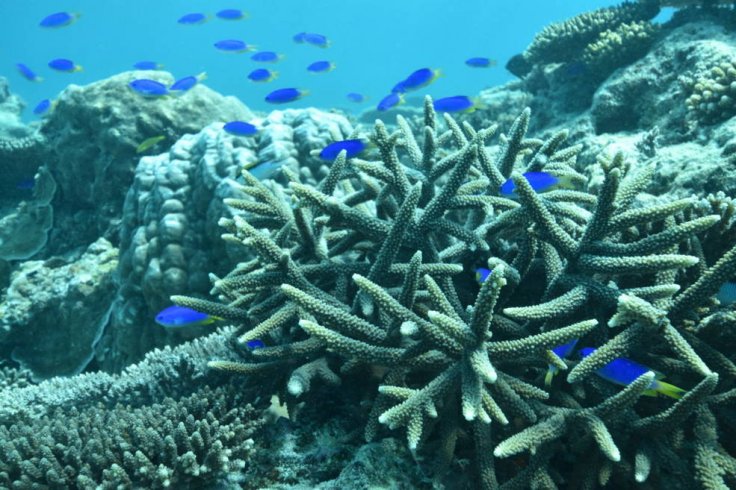
Scientists have revealed on Friday that Australia's world heritage-listed Great Barrier Reef is literally being eaten alive by deadly crown of thorns starfish. This latest outbreak comes at a time when the world's largest reef system is already threatened by rising ocean temperatures and coral bleaching.
The Great Barrier Reef Marine Park Authority said that the predator starfish feeds on corals by spreading its stomach over them and using digestive enzymes to liquefy tissue. According to the authorities, the starfish is a native species whose numbers occasionally grow so out of control that they can endanger the reef.
ALSO READ: SHOCKING: Great Barrier Reef is still alive; giant blue hole discovered
Scientists say that such starfish have been detected on 37 sections of the southerly Swain Reef, more than 60 miles offshore. This issue would surely affect both the ecosystem and the lucrative tourism industry.
"Each starfish eats about its body diameter a night, and so over time that mounts up very significantly," Hugh Sweatman, a senior research scientist at the Australian Institute of Marine Science told Australian Broadcasting Corporation (ABC) radio. "A lot of coral will be lost," he said.
Reuters reported that the crown of thorns were found last month in plague proportions in the Swains Reefs, at the southern edge of the Great Barrier Reef, by researchers from the reef's Marine Park Authority.
ALSO READ: SHOCKING: Great Barrier Reef can no longer be saved
According to the Reuters report, the remote reefs, about 200km (120 miles) offshore from Yeppoon, a holiday and fishing town some 500km north of Queensland state capital, Brisbane, are well south of the most-visited sections of the Great Barrier Reef, where most culling efforts are focused.
Fred Nucifora, a director at the Marine Park Authority said that they have already killed some starfish at Swains Reefs in December. They are also planning to start another mission this month to destroy some more.
"The complexity with the Swains Reef location is ... they are logistically difficult to access and it is actually quite a hostile environment to work in," Nucifora told ABC.
Since the 1960s, there have been four major crown of thorns outbreaks in the Great Barrier Reef. But, it recovered each of those threats as there were always healthy populations of herbivorous fish.
Sweatman said that the outbreaks are usually triggered by extra nutrients in the water but the reason for the current outbreak was not clear.
The reef is still recovering from the damage caused by the worst-ever coral bleaching on record. In 2016, two-thirds of a 700km stretch of reef was killed due to coral bleaching.
A report that was published in the journal Science on Friday found that high ocean temperatures are harming tropical corals much more often than a generation ago, putting reefs under pressure.
According to the UNESCO website, the Great Barrier Reef, covering 348,000 square kilometres, was world heritage listed in 1981 as the most extensive and spectacular coral reef ecosystem on the planet.









